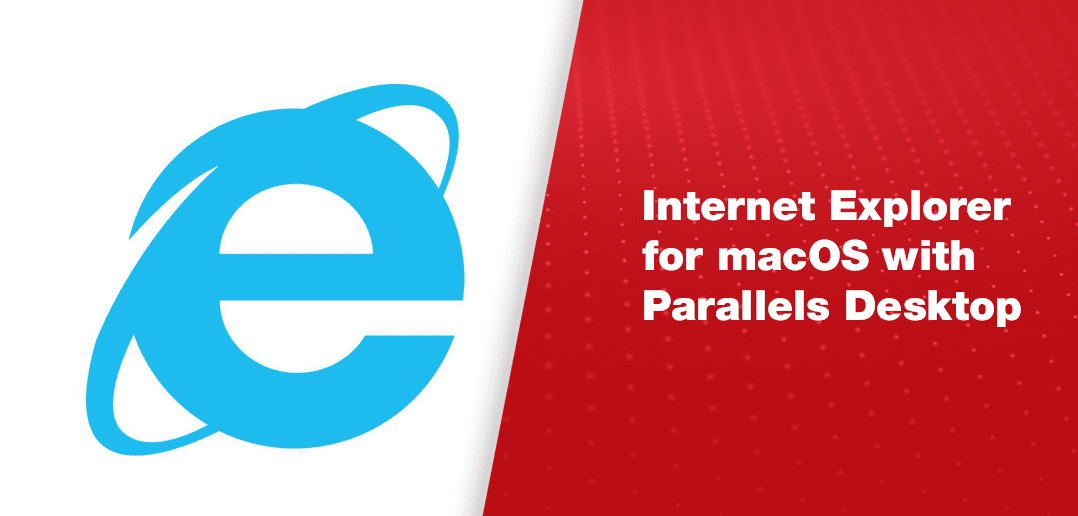Important Information For Microsoft Internet Explorer For Mac
At HSBC net, we are committed to combatting fraud by continuously evaluating ways to fortify the integrity of our system. To protect your online experience and allow us to continue to deliver new functionality, as of April, 2014, HSBC net has discontinued support for Windows XP and Internet Explorer 7 (IE7), in line with Microsoft’s own support demise. Microsoft’s, encouraged global transition from Windows XP to a more modern Operating System. On 8 April, 2014, Microsoft ended technical support for Windows XP, and as a result, no longer issues automatic updates that help protect your PC.
Without critical Windows XP security updates, your PC may become vulnerable to harmful viruses, spyware, and other malicious software which can steal or damage your business data and information. Anti-virus software will also not be able to fully protect you once Windows XP itself is unsupported. Please note that should you choose to continue using Windows XP or IE7 to access all tools and functions on HSBC net, there will be a number of important limitations. While HSBC net itself is secure, using Windows XP and/or IE7 leaves you vulnerable to certain security threats;. Future enhancements to HSBC net will not be tested for Windows XP or IE7 compatibility, which means they may not function correctly in your browser;. HSBC net will not be able to provide support for issues related to Windows XP or IE7 compatibility. As a result of these limitations, your HSBC net experience on Windows XP and / or IE7 will likely continue to degrade over time, so we encourage you to upgrade your OS and browser version as soon as possible.

Related resources. Windows XP and Internet Explorer 7 migration. Keep anti-virus software up-to-date. Read more tips on. If you have any questions regarding upgrading to a newer version of Internet Explorer, please contact your local HSBC net support centre. Links on this page may allow you to access other websites. Please read the linked websites' terms and conditions.
Hsbc.com has no control over non-HSBC Group websites and is not liable for your use of them. Links on this page may allow you to access another HSBC Group website. Please read the terms and conditions of the linked website, which may differ from the terms and conditions of hsbc.com's website.
This page, and the following pages, may contain information supplied by a third party. HSBC does not make any guarantee, representation or warranty and does not take responsibility as to the accuracy or completeness of such information.
When viewing the latest version of a website or avoiding spyware and viruses, it’s important to clear temporary internet files on your internet browser. Temporary internet files are things like, history, cache, recent downloads, etc. A common question that comes my way is “How do I clear my cache?” This differs for each browser, but once you understand the process, the same techniques will often work for many different browsers. For simplicity’s sake and as an added reference, I’ve compiled a summary resource below. Note: Deleting cookies from your web browser will clear saved settings for websites you may visit often, requiring you to login again to sites, such as Facebook, that have saved your password in the browser.
Make sure you know your passwords and aren’t in the middle of filling out a large multi-page form or other long cookie-reliant process. Clearing Temporary Internet Files in Internet Explorer (on PC) To clear temporary internet files in Internet Explorer for Windows, follow the instructions below.
These instructions are for Internet Explorer 10 on Windows 7, but should be similar in most versions. Open Internet Explorer and select the Tools menu, represented by the sprocket icon (or press Alt+X). Select “Internet Options” from the drop-down menu Figure IE-1. Select “Settings” under “Browser History” in the “General” tab Figure IE-2. Select “View files” in the “Temporary Internet Files” tab Figure IE-3. Select all the files (CTRL-A), right-click and select “Delete”.
Why Google Should Be Ashamed Something I’ve noticed on Google Chrome’s “Clear Browser Data” menu is a message reading “Psst! Incognito mode may come in handy next time.” Incognito Mode Message Bear with me for a moment, while I share my personal opinions: this message and concept frustrates me. Incognito mode allows you to surf the web without temporary internet files being stored. While there may be entirely wholesome activities that require this feature, the main use that I can foresee is to hide evidence of visiting inappropriate materials. All I will add to this is this: if you are struggling with or addicted to pornography on the internet and want to get free from it’s grasp on your life, visit,. These resources can help you establish accountability and set yourself free from the addiction of pornography — and your need to hide using “incognito mode”.

Internet Explorer 11 Download For Mac
Clearing Temporary Internet Files in Firefox (on Mac or PC) To clear temporary internet files in Mozilla Firefox, follow the instructions below. Open Firefox and “Firefox” from the Mac menu bar or top left of browser in Windows. Select “Preferences” (or press ⌘+comma) in Mac or “Options” in Windows Figure Windows-Firefox-1. Select the “Advanced” tab (sprocket icon). Select the “Network” sub-tab. Select “Clear Now” under “Cached Web Content” or “Offline Web Content and User Data” Figure Firefox-1 or Figure Windows-Firefox-2.
